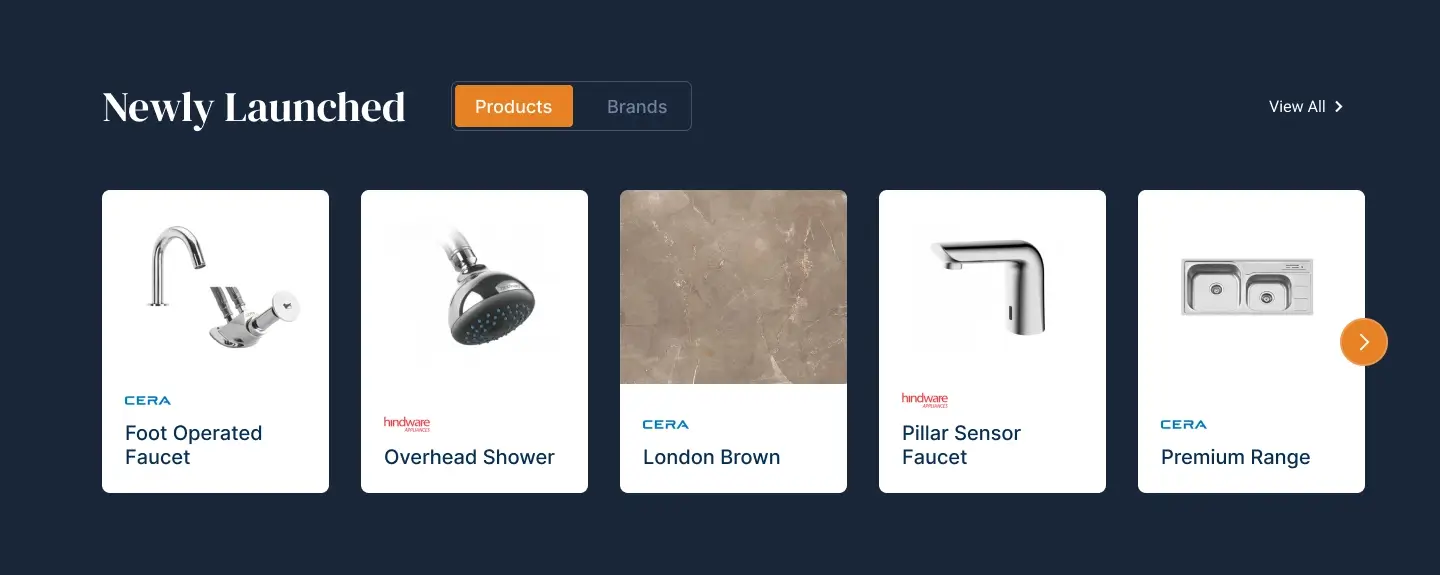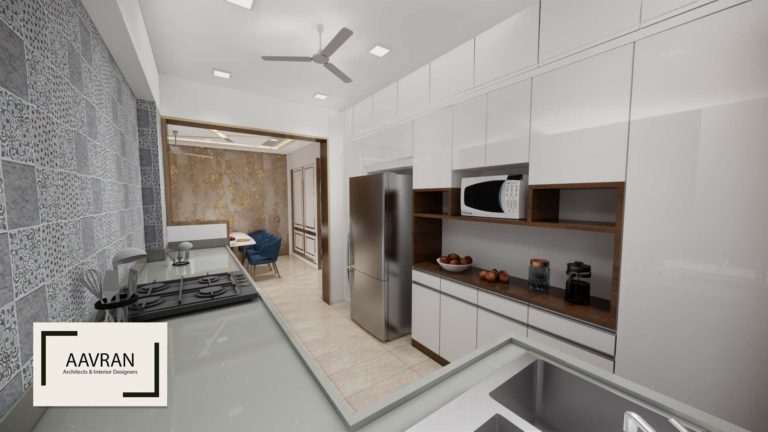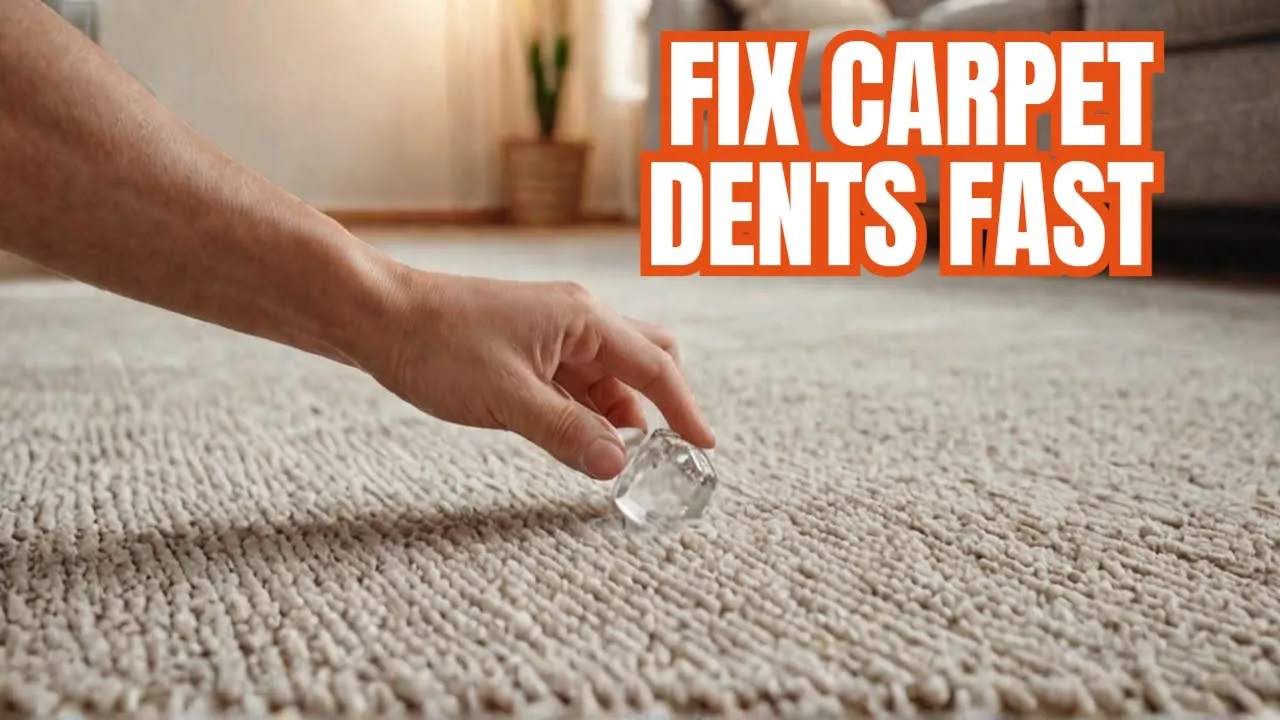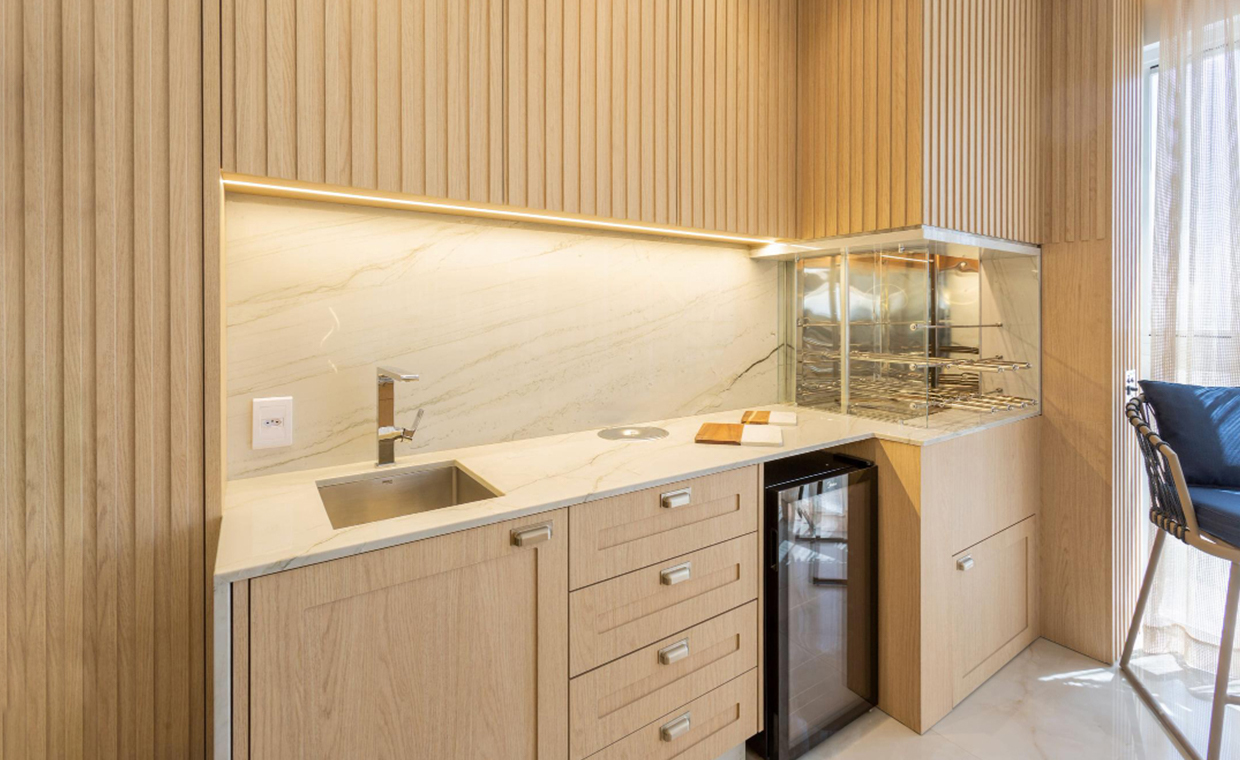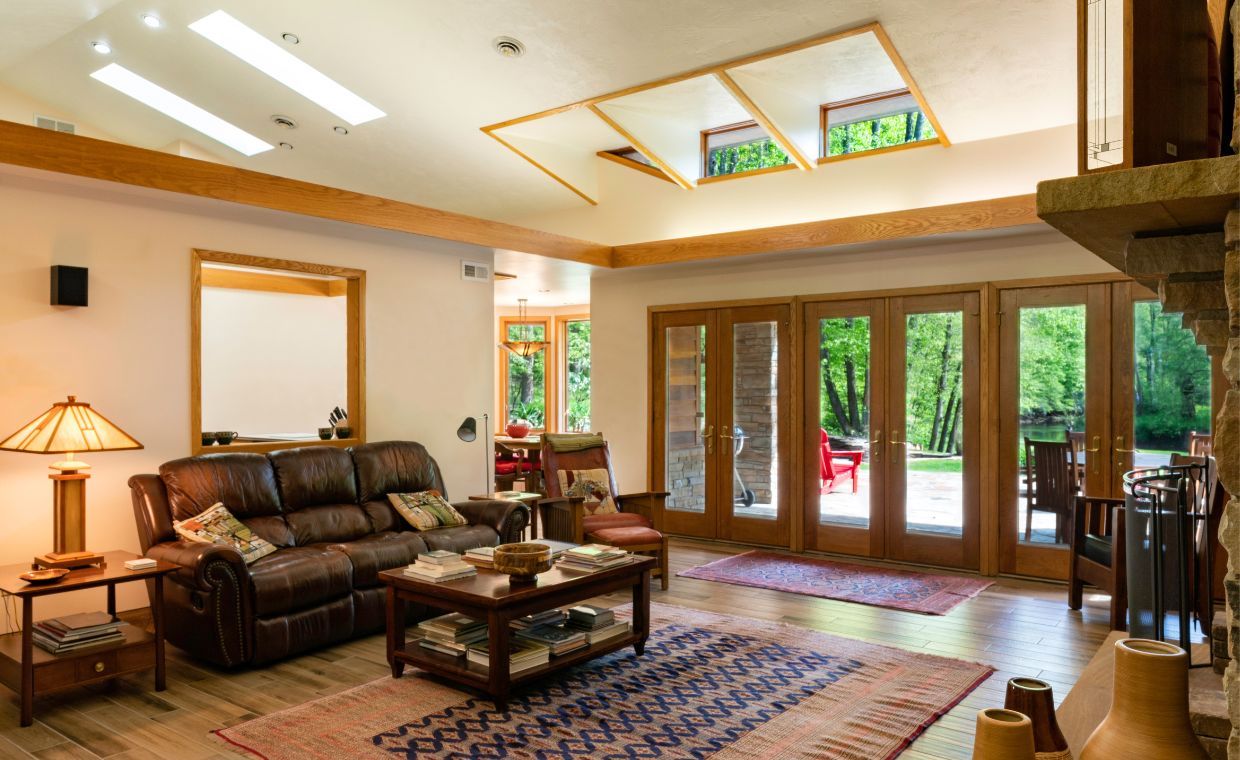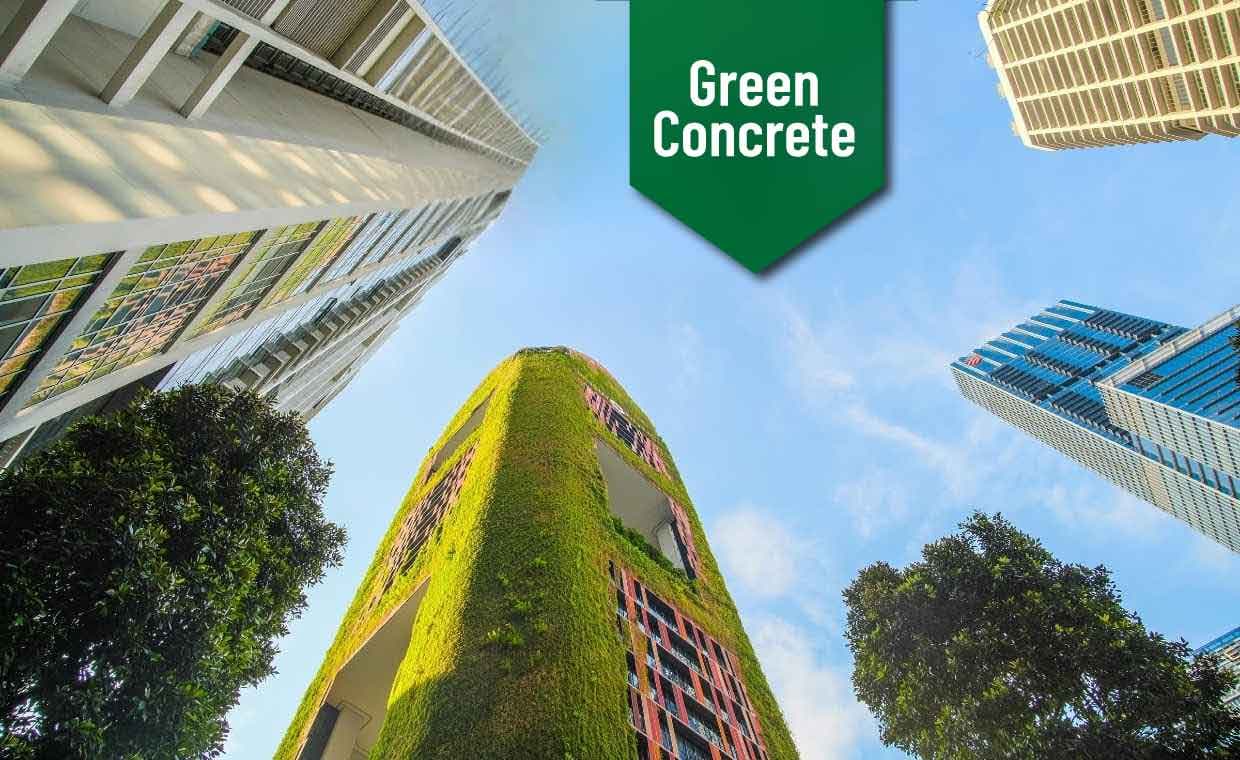
Table of Contents
The construction industry is at its peak, marked by the rise of magnificent structures in this rapidly emerging world. The massive growth of the construction sector has led to increased demand for building materials, with concrete being among the most significant.
Over the past few decades, society has become increasingly aware of the environmental issues associated with residual construction products and waste. The government has imposed taxes and restrictions to mitigate these problems. However, such restrictions alone are not a suitable solution. The real answer lies in finding alternatives that are both eco-friendly and economical. As a result, several alternatives have been explored, and green concrete has emerged as one of the most promising.
Green concrete is a recent development in the field of sustainable construction. It is a revolutionary concept in the history of concrete technology. Green concrete was first developed by Dr. WG in Denmark in 1998.
What is Green Concrete?
Green concrete is a sustainability-focused concept in the field of concrete technology. It considers every aspect of concrete production from the selection of raw materials and mix design to structural design, construction, and service life.
It is made using waste material as part of its composition. According to Mannan and Ganapathy’s article published in 2004, in Building and Environment, the use of agricultural and industrial wastes as replacement materials in the concrete offers two key benefits: improved waste management and cost reduction. Moreover, the production of green concrete requires less energy and generates lower CO2 emissions compared to conventional concrete. For this reason, green concrete is also known as eco-friendly or environmentally friendly concrete.
List of Waste Materials Used in the Production of Green Concrete
1. Substitutes for Cement
Materials that can partially or fully replace the cement content in concrete manufacturing are known as substitutes for cement. The alternatives fall into two main categories: industrial waste and agricultural waste.
I. Industrial Waste

These materials are byproducts generated by industries such as power plants and metal manufacturing units.
- Ground Granulated Blast Furnace Slag (GGBS): A by-product obtained from blast furnaces used in iron production.
- Fly Ash: Produced from the combustion of powdered coal, primarily in thermal power plants.
- Silica Fume: A byproduct produced during the manufacturing of silicon metal or ferrosilicon alloys.
- Red Mud: A by-product resulting from the Bayer process used in aluminium production.
II. Agricultural Waste

The following materials are byproducts of agricultural processes and can be used in green concrete:
- Rice Husk Ash: A byproduct generated in rice mills from the combustion of rice husks.
- Coconut Husk Ash: Obtained by burning coconut husk in a controlled environment using an electrical furnace at temperatures of 500°C, 600°C, and 700 °C.
- Groundnut Shell Ash: Derived from the controlled combustion of groundnut shells.
- Sugarcane Bagasse Ash: The fibrous residue left after extracting juice from sugarcane is known as bagasse. It is often used as fuel for heat generation, leaving behind ash that is termed sugarcane bagasse ash.
Also Read: Rice Husk Ash in Concrete: Benefits & Risks
III. Other Alternatives

Metakaolin: Metakaolin is neither a byproduct nor an entirely natural product. The calcination of purified or refined kaolinite clay at temperatures between 650℃ to 850℃ produces Matakaolin.
2. Substitutes for Aggregates

Materials that can replace natural aggregates in concrete production are known as substitutes for aggregates. The following green alternatives are commonly used:
- Recycled Aggregates: These are obtained from demolished concrete structures. Two main types of recycled aggregates are:
- Recycled Concrete Aggregates (RCA): Composed mainly of particles from crushed, recycled concrete.
- Mixed Recycled Aggregates (MRA): Derived from crushed masonry, including brick, mortar, concrete, asphalt, gypsum and other materials.
3. Substitutes for Sand

Materials that are used as partial or full replacements for natural sand are called substitutes for sand. Some eco-friendly alternatives are:
- Manufactured Sand (M-Sand): Produced by crushing hard stones such as granite using equipment like a cone crusher, roll crusher, etc. It is considered a superior alternative to river sand for concrete construction.
- Mining and Quarrying Waste (Quarry Dust): A byproduct of the rock crushing process. It is a dense material suitable for use as fine aggregates in concrete.
- Surkhi: Made by grinding well-burnt bricks, brick-bats or burnt clay into a fine powder.
- Waste Glass: Collected waste glass is crushed into sand-sized particles and can be used as a partial replacement for natural sand.
- Sawdust: Composed of loose particles or wood shavings, sawdust is a byproduct of sawing timber into standard sizes.
These green concrete materials serve as partial or full replacements for conventional ingredients in concrete production. All materials used as replacements for cement are known as Supplementary Cementitious Materials (SCMs); such as silica fume and fly ash. These improve both the strength and durability of concrete.
Application of Environmentally Friendly Concrete
- Green concrete is used in large-scale construction projects such as bridges, dams, retaining walls, etc.
- It is widely used in building construction.
- It is also employed in road construction.

Courtesy - Live Hindustan
Advantages of Green Concrete
Green concrete offers many advantages over conventional concrete, such as:
- Green concrete uses locally available and recycled materials like fly ash, GGBS (Ground Granulated Blast Furnace Slag), artificial aggregates, etc., in the concrete.
- It reduces CO2 emissions.
- Green concrete reduces environmental pollution.
- It has good thermal resistance and acid resistance.
- Green concrete reduces the consumption of cement overall.
- It is economical compared to ordinary concrete.
- It has better workability than conventional concrete.
- Environmentally friendly concrete helps in the disposal of industrial waste, as it uses waste and recycled materials from the industries in the concrete. Like fly ash, rice husk ash, etc.
- Green concrete not only helps in the recycling of industrial waste, but also solves the disposal problem.
- Green concrete is suitable for mass concreting because the heat of hydration of green concrete is significantly lower than ordinary concrete. This results in a lower temperature rise in mass concreting.
- The preparation process of green concrete is similar to that of conventional concrete, requiring no major changes.
Disadvantages of Green Concrete
- Green concrete has lower split tensile strength compared to ordinary concrete.
- In eco-friendly concrete, the cost of the reinforcement may increase due to the use of stainless steel.
- A comprehensive life cycle analysis considering different parameters is a must to understand the performance of green concrete.
It has higher absorption compared to conventional concrete, which may be a concern given water scarcity.
Future Scope of Green Concrete

Green concrete is a game changer in the history of the concrete industry. Made using recycled concrete waste, its adoption in India has been slow, largely due to challenges in waste management and disposal. It offers a significantly lower environmental impact, including reduced CO₂ emissions.
The use of green concrete can substantially reduce construction-related product waste. It enables the incorporation of various non-biodegradable products, helping to address the waste disposal issue. Green is a form of concrete that is similar to ordinary concrete, but its manufacturing or use needs less energy and causes less damage to the environment.
As the name suggests, green concrete is environmentally friendly. It helps conserve natural resources and supports sustainability by utilising industrial waste materials, such as rice husk ash, micro silica, and others, to create durable, resource-efficient concrete structures.
Conclusion
To sum up, waste materials are used as partial or full replacements for natural materials, like sand or aggregates, in the production of green concrete. The reuse of such materials offers numerous advantages over conventional concrete. It also contributes to the cost savings, as these materials are generally cheaper than their natural counterparts and eliminate waste disposal costs. In addition to these benefits, environmentally friendly concrete often demonstrates superior durability. Therefore, green concrete is one of the most vital sustainable materials for future development, especially as natural resources become increasingly scarce.
Also Read: 12 Green Alternatives to Traditional Concrete
FAQs on Green Concrete
1. What Does it Mean When Concrete is Green?
When concrete is referred to as “green,” it means it’s an environmentally friendly alternative to traditional concrete. It is made by incorporating recycled materials and using less energy during its manufacturing process.
2. How Long Does Green Concrete Last?
Green concrete can last up to 30 years longer than traditional concrete.
3. Is Green Concrete Waterproof and Fire-Resistant?
Yes, green concrete can withstand high temperatures, which helps in fire prevention. It is also resistant to corrosion, making it more durable and sustainable, especially in polluted environments.
4. Can Green Concrete be Used for All Types of Construction?
Yes, it can be used for all types of construction, including commercial, residential and infrastructure projects. However, it is essential to ensure that the green concrete mix design meets the specific project requirements.
References
Mannan, M. A. & Ganapathy, C. (2004). Concrete from an agricultural waste-oil palm shell (OPS). Building and Environment, 39, 441-448. ISSN 0360-1323, Available from: https://doi.org/10.1016/j.buildenv.2003.10.007.





